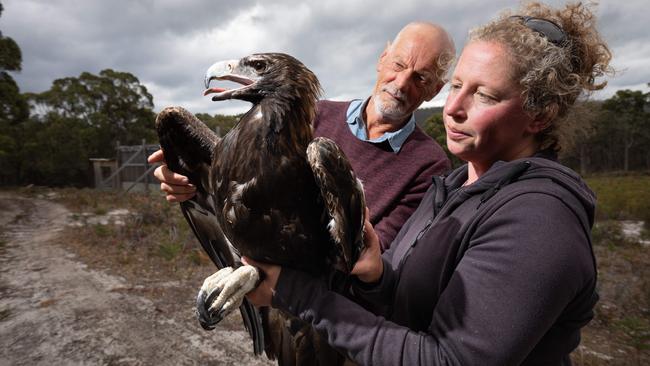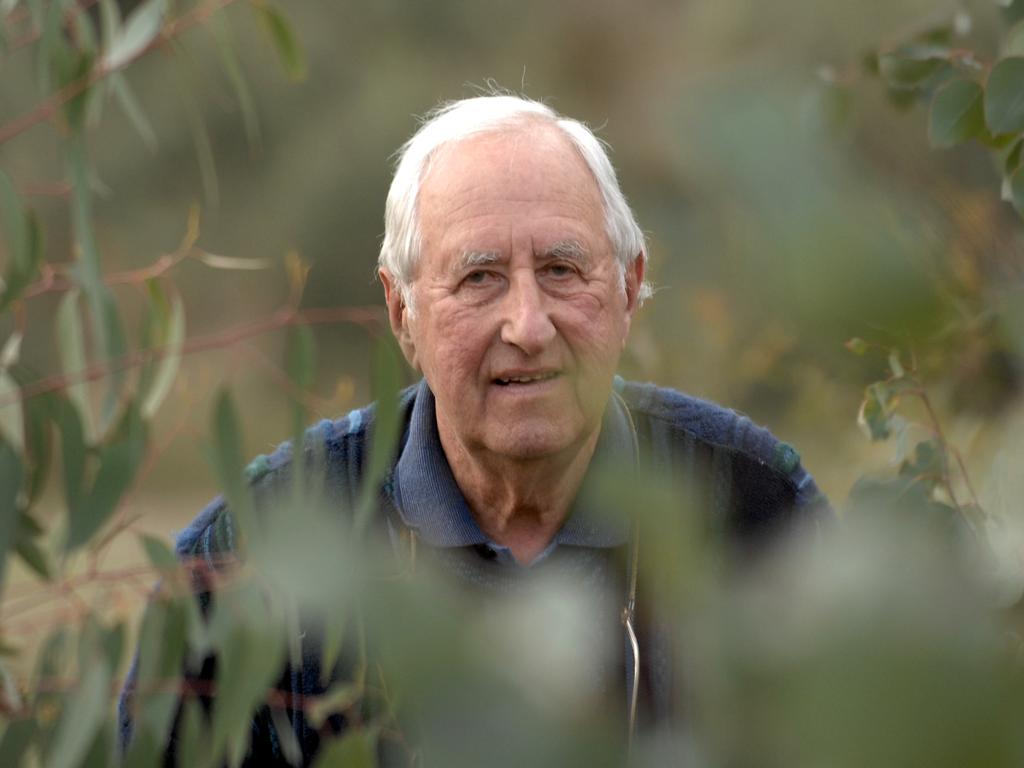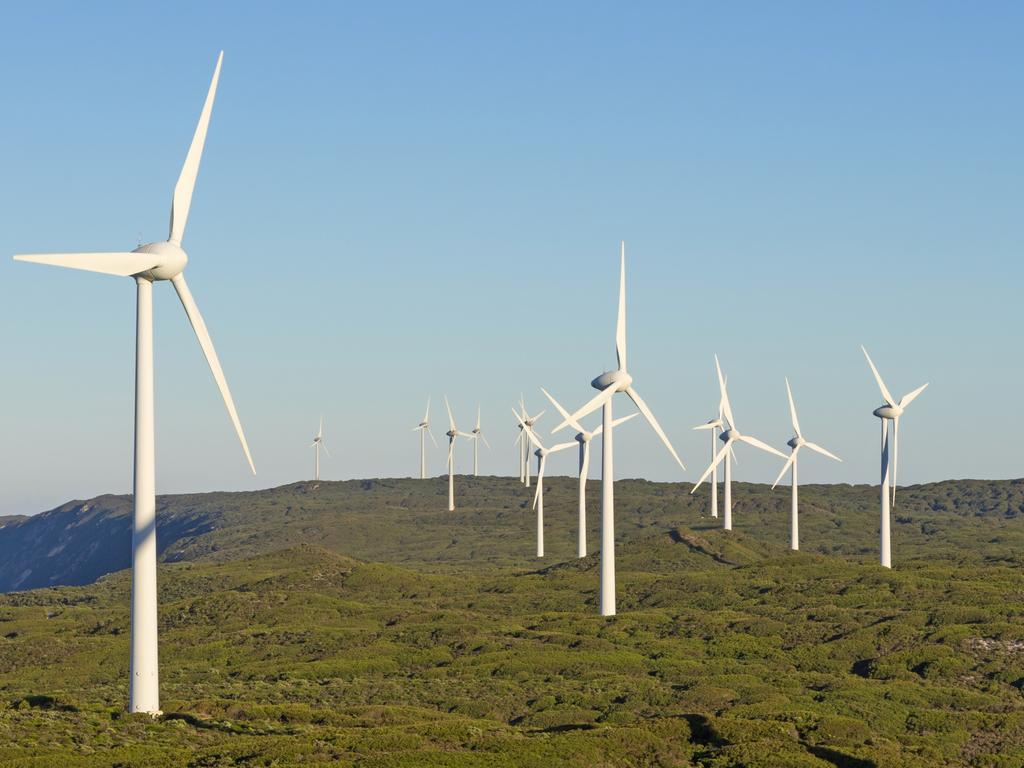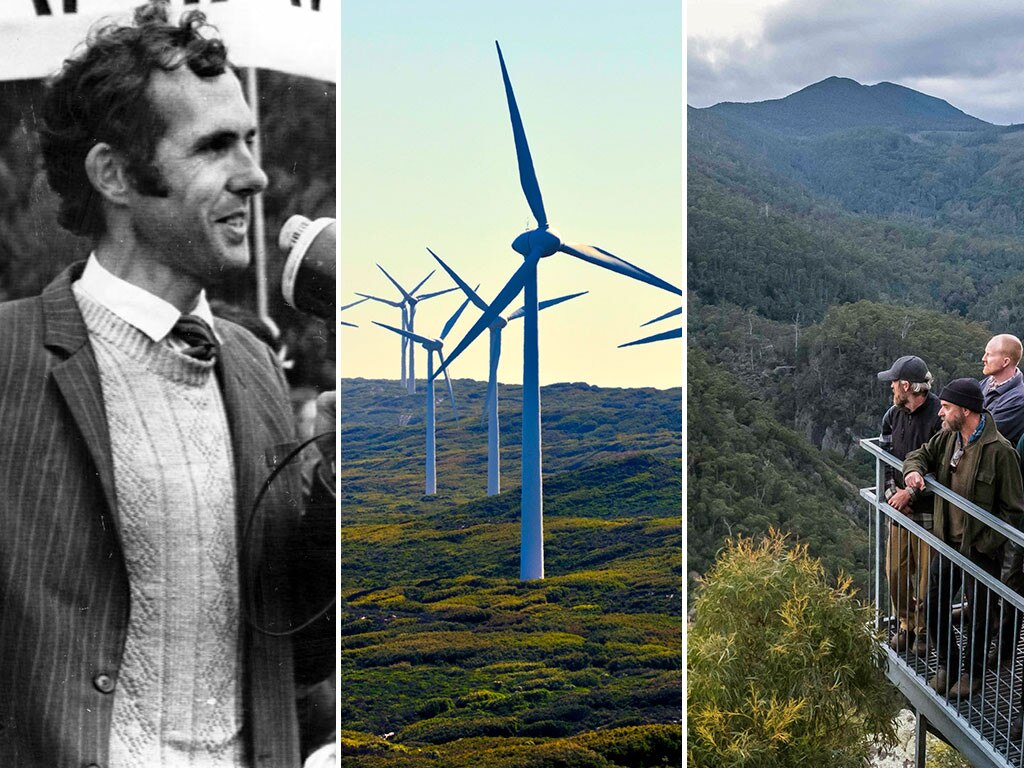Tasmania’s rush to wind power a ‘major threat’ to eagles
A leading wildlife expert is urging a moratorium on wind farms, warning a rush of projects poses a threat to wedge-tailed eagles.

A leading wildlife expert is urging a moratorium on wind farms in Tasmania unless regulation is “radically improved”, saying a rush of projects poses a “major threat” to wedge-tailed eagles.
Nick Mooney, a wildlife biologist who has researched eagles for 45 years, said plans for at least 10 new wind farms in Tasmania, combined with “Dickensian” impact assessments, could spell disaster. “So far, the few wind farms in Tasmania have created local drains on the population but they haven’t been critical,” he said. “But when we have 10 times the wind turbines then it will be a major threat to the eagles.”
He was not opposed to wind farms. “My interest is to try to get assessment much improved by using modern best-practice methods, not the archaic methods that are used now,” he said.
“We need to have proper measures of eagle mortality and not the minimalist searching that’s done now. The fact that they don’t even use dogs (to search for dead birds under turbines) here tells you that they are not serious.”
Previously a state government wildlife expert for more than 30 years, Mr Mooney is a member of BirdLife Australia’s Raptor Group and an environmental consultant.
The wind boom in Tasmania appears to be a bid by companies to grab prime sites and approvals in case the state achieves its push for a second power interconnector under Bass Strait, allowing large-scale energy exports to the mainland.
Mr Mooney accused his former employer of deliberately stalling on updating a recovery plan for the Tasmanian wedge-tailed eagle, Australia’s largest bird of prey. The plan expired 10 years ago. “I suspect there is a reluctance to have an updated plan that confronts the wind farm developments,” he said. “The industry appears to be operating ahead of proper regulation.”
GPS tags should be used to gain an accurate fix on eagles in development zones, rather than sightings from the ground, as at present, he said.
State Environment Minister Roger Jaensch said his government took “protection of all the state’s threatened species seriously … Wind farm operators and proponents must put in place measures to minimise the impact on threatened species in both the construction and operation phases.”
Mr Jaensch pointed to trials of technology to slow or stop turbines when eagles approach, but Mr Mooney said it was not proven to save eagles.
In mid-2019, The Australian revealed at least 37 wedge-tailed and white-bellied sea eagles had been killed since 2002 at two Tasmanian wind farm sites — Woolnorth, in the northwest, and Musselroe, in the northeast.







